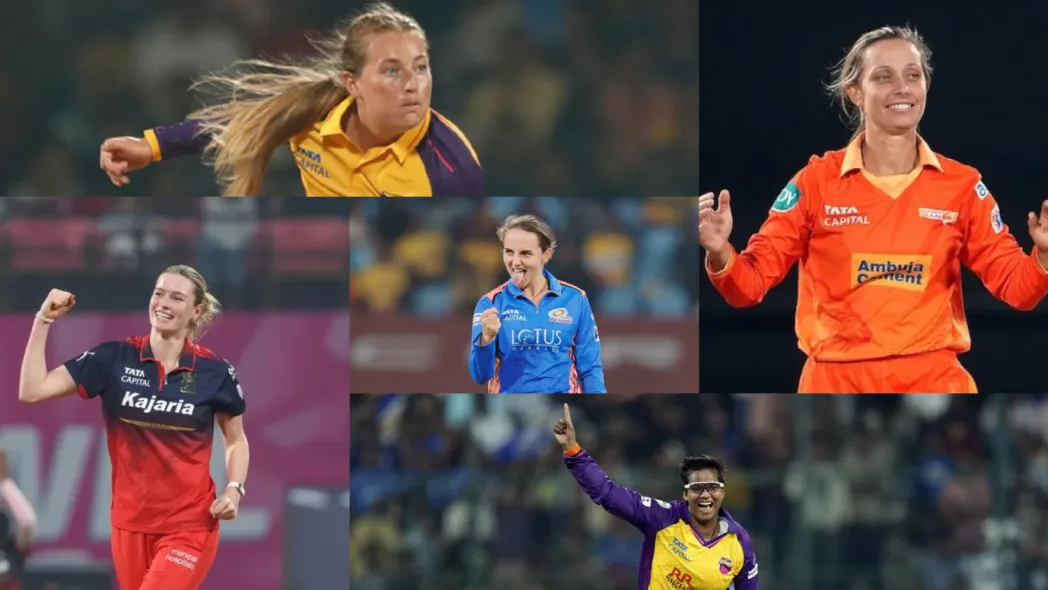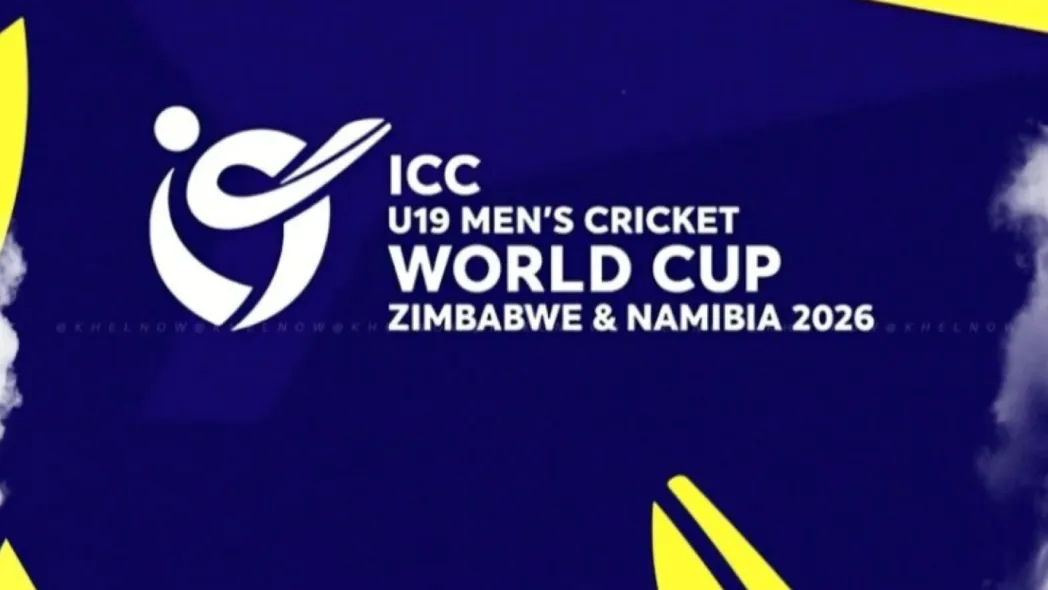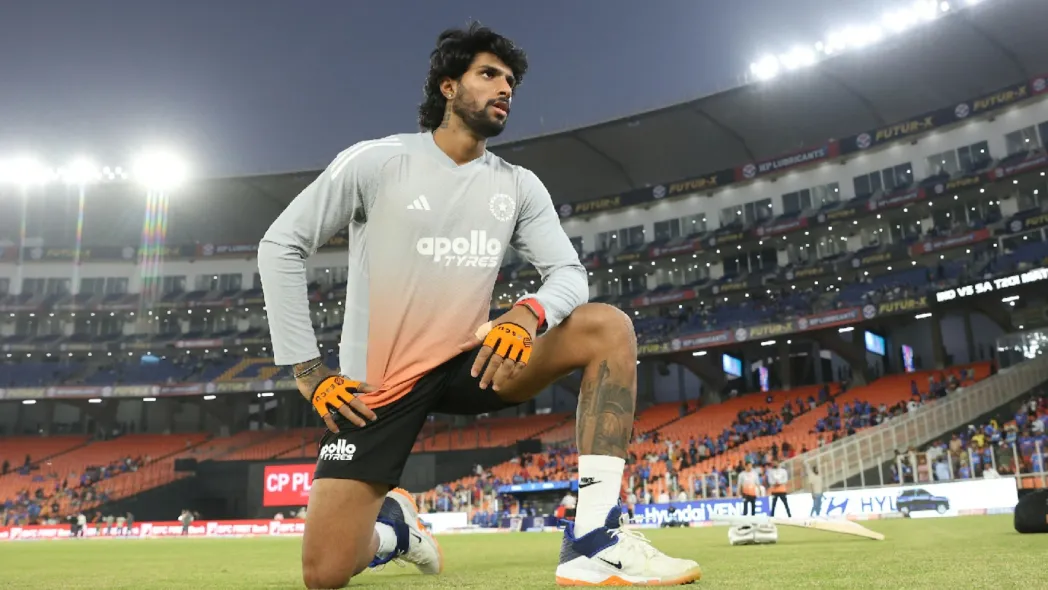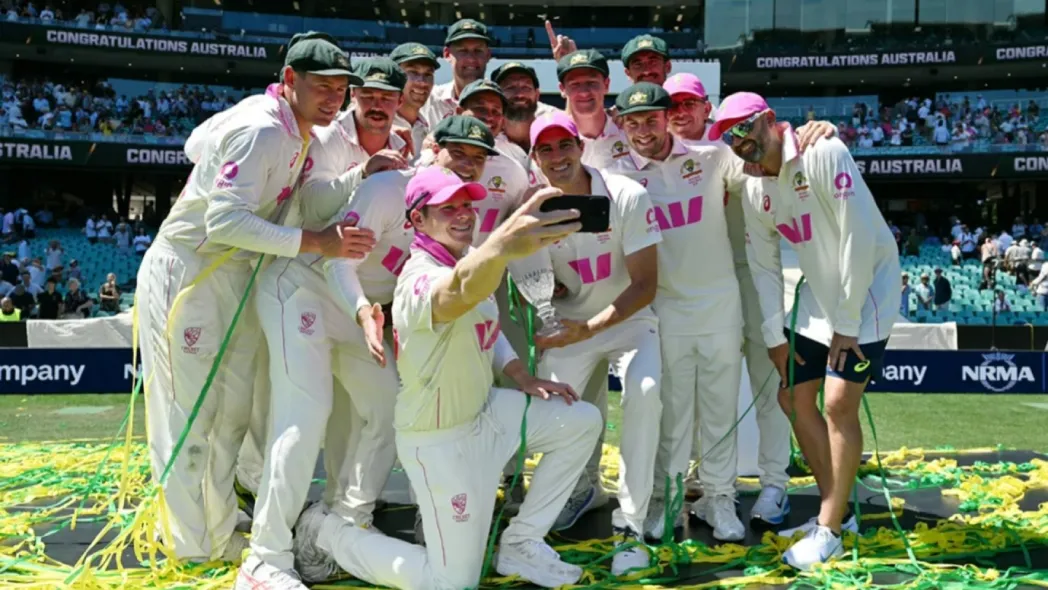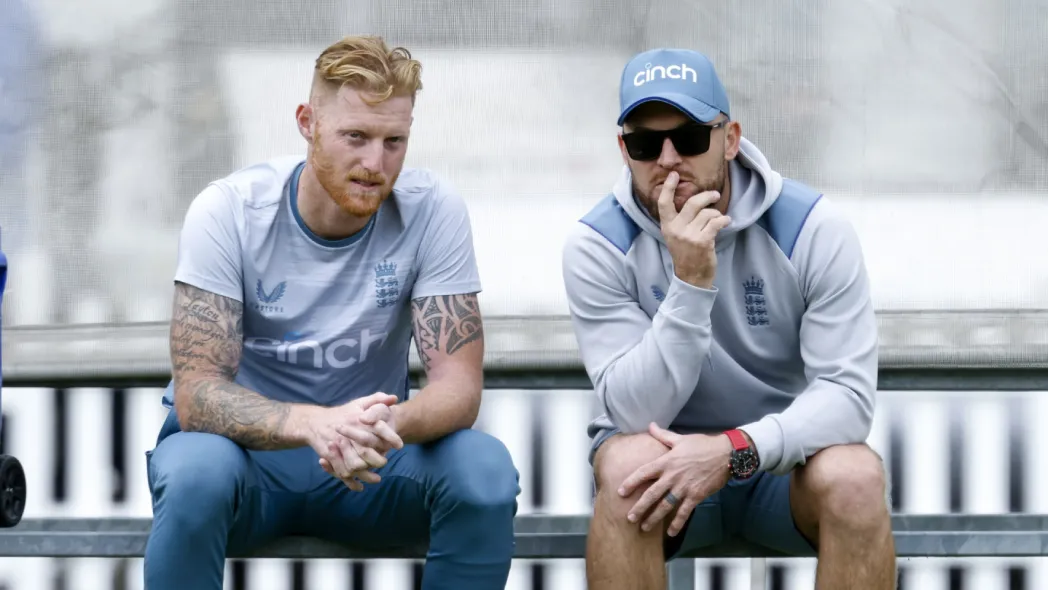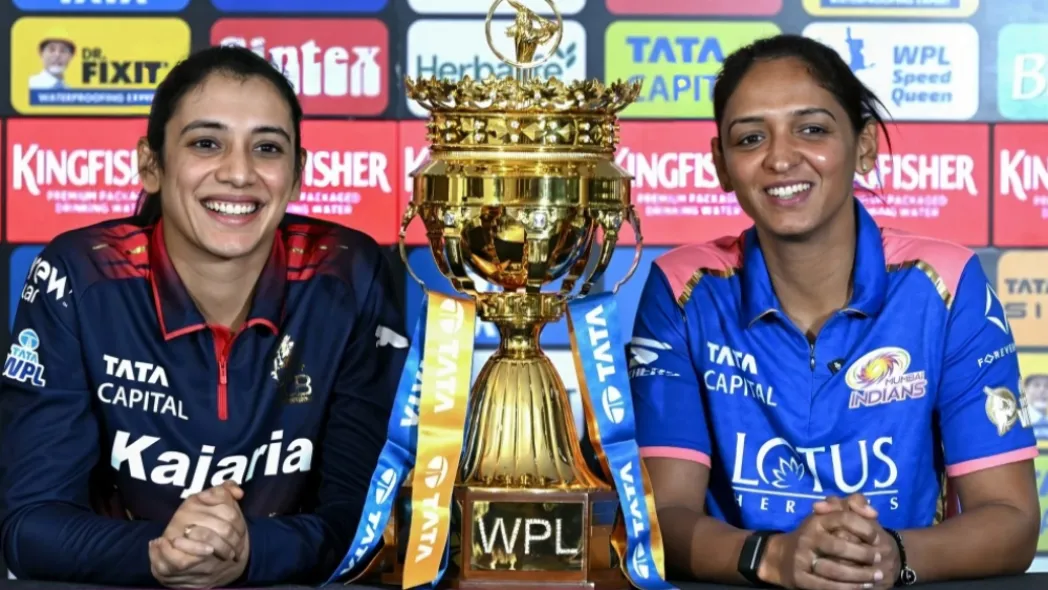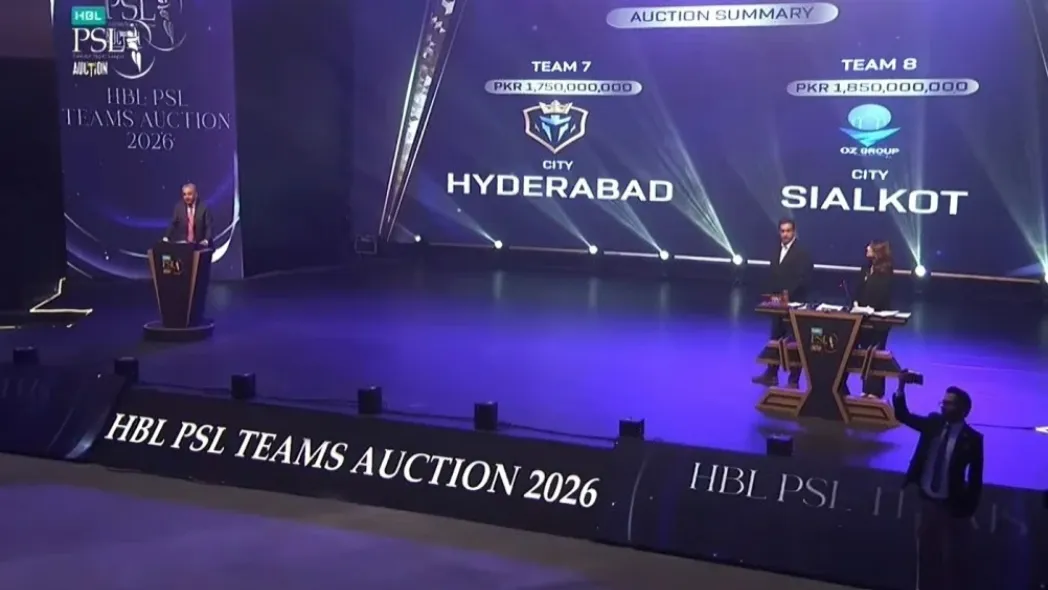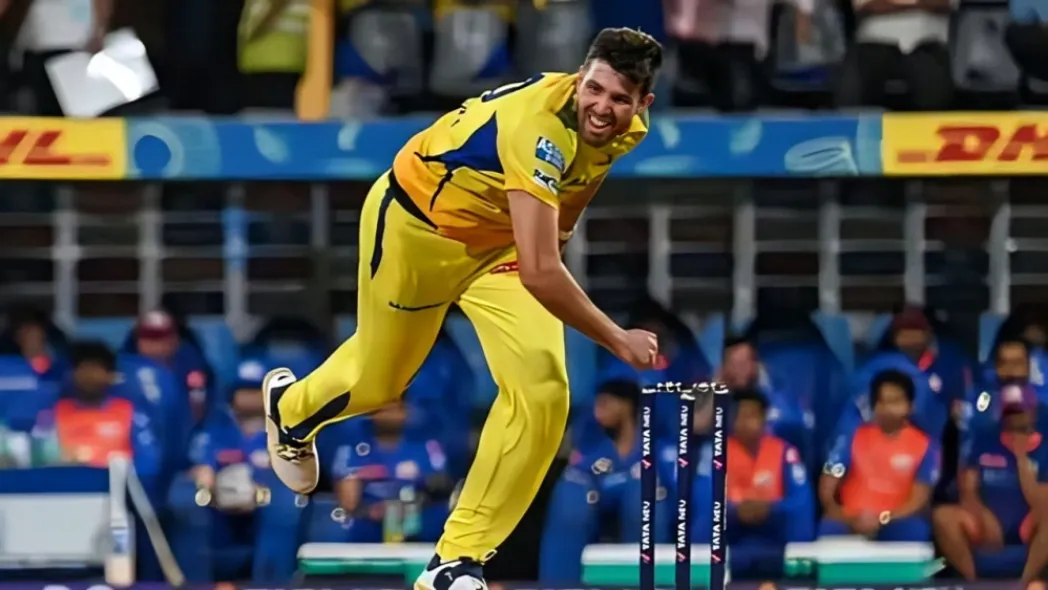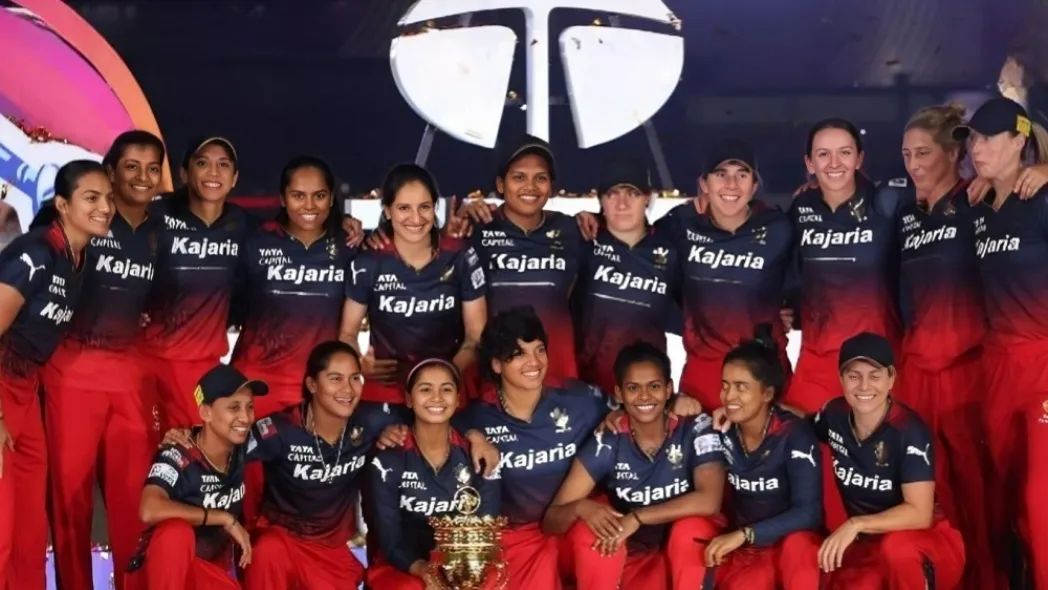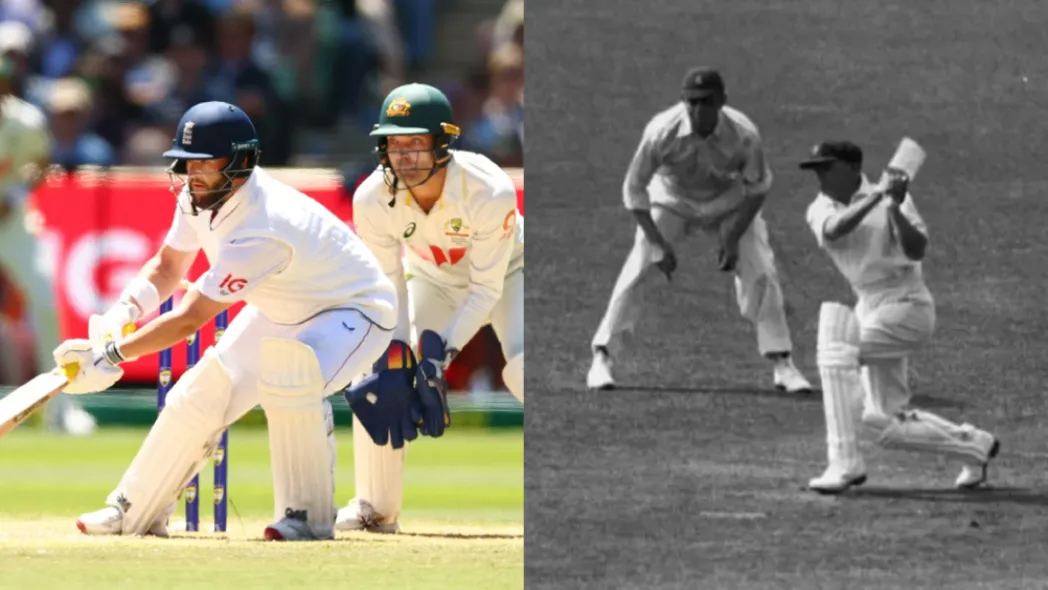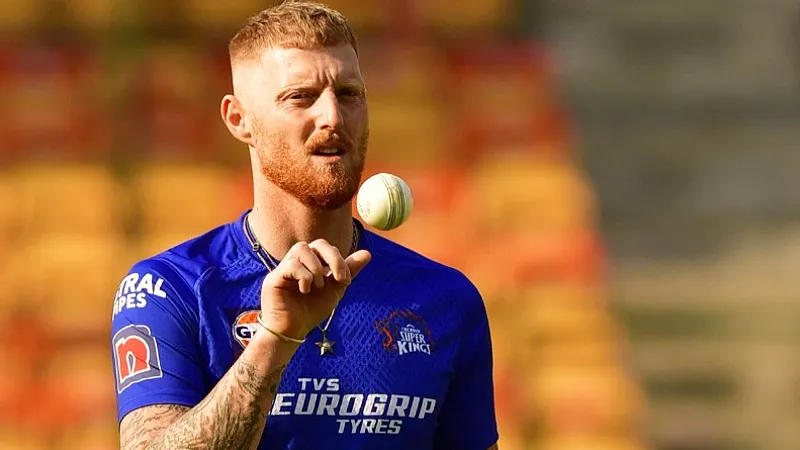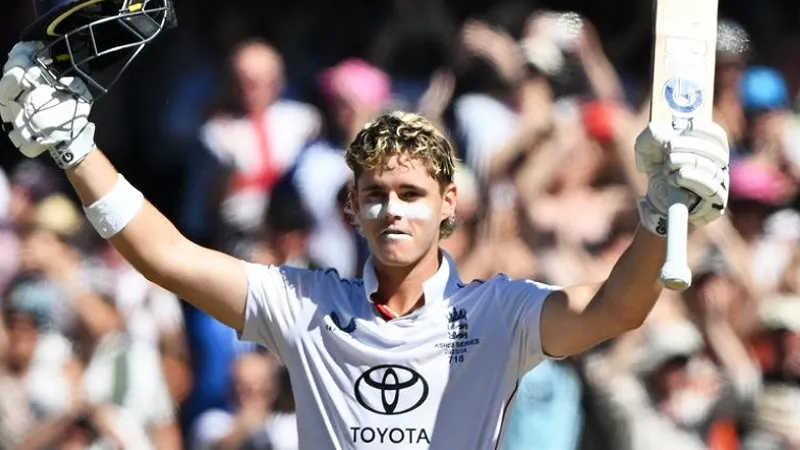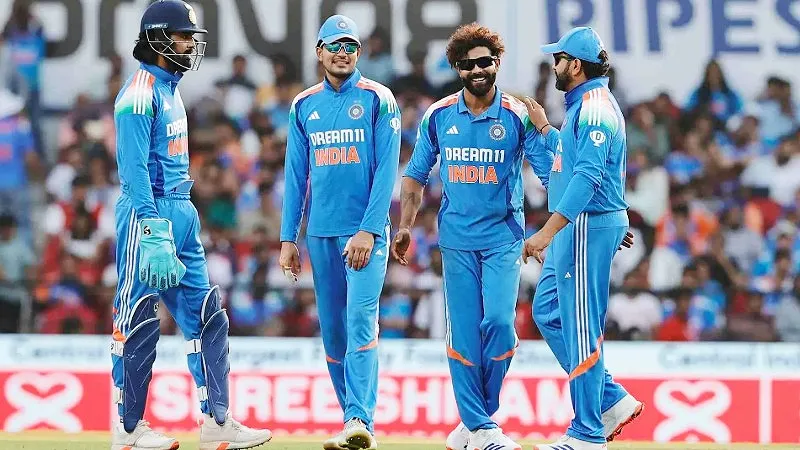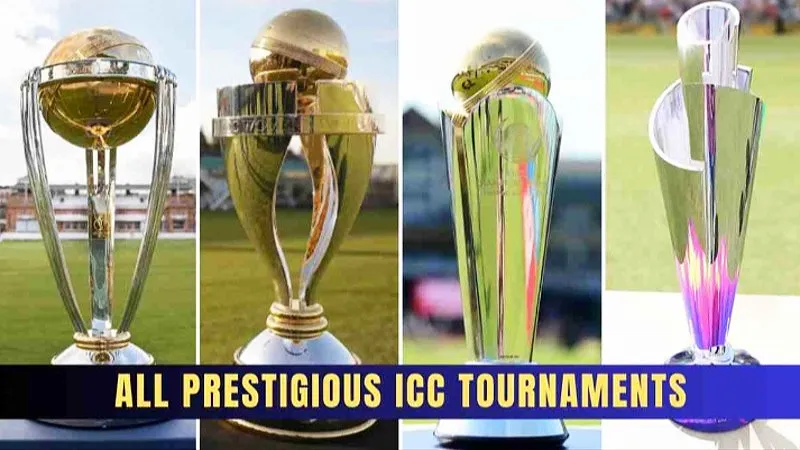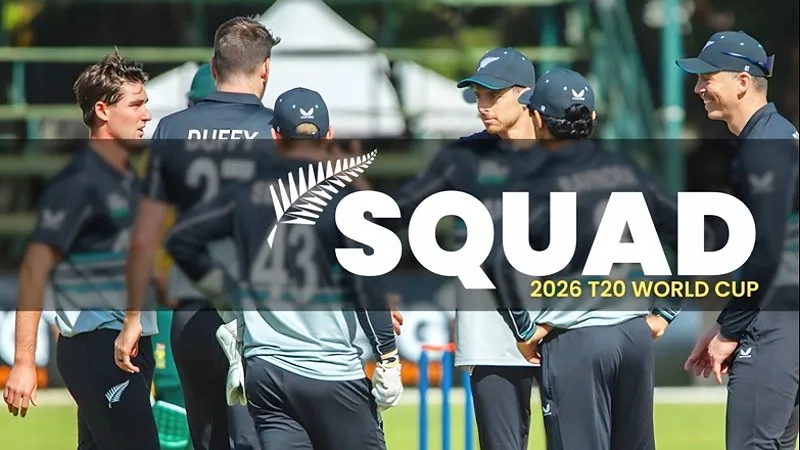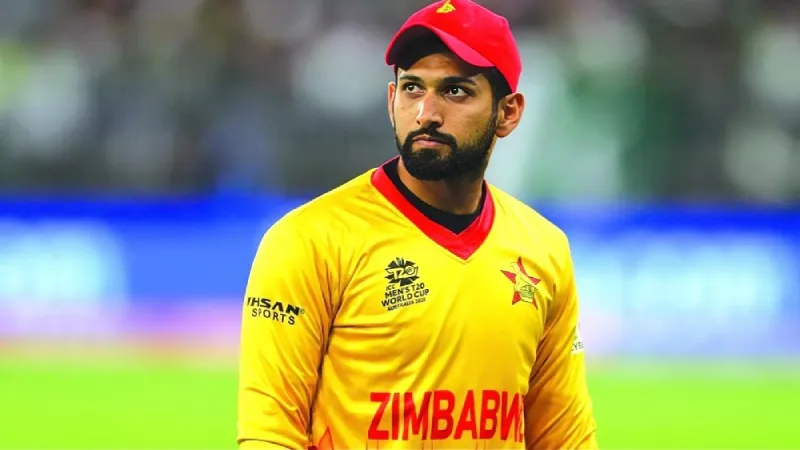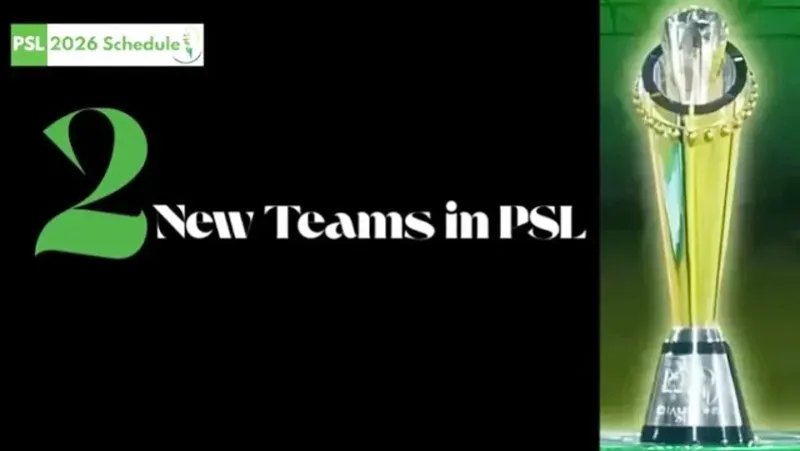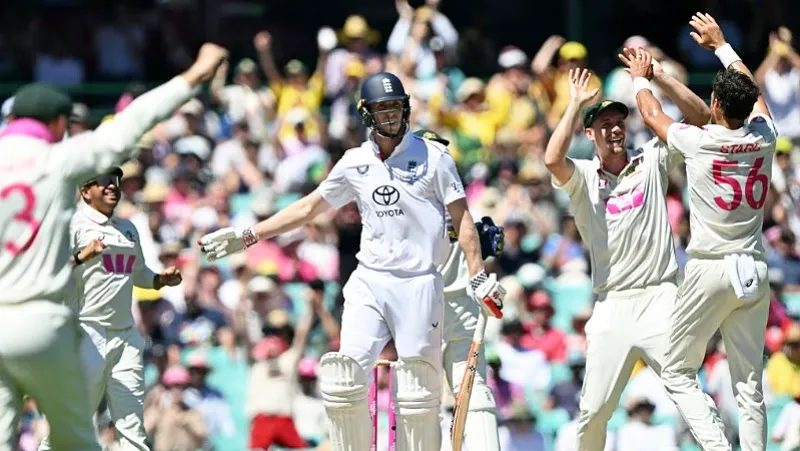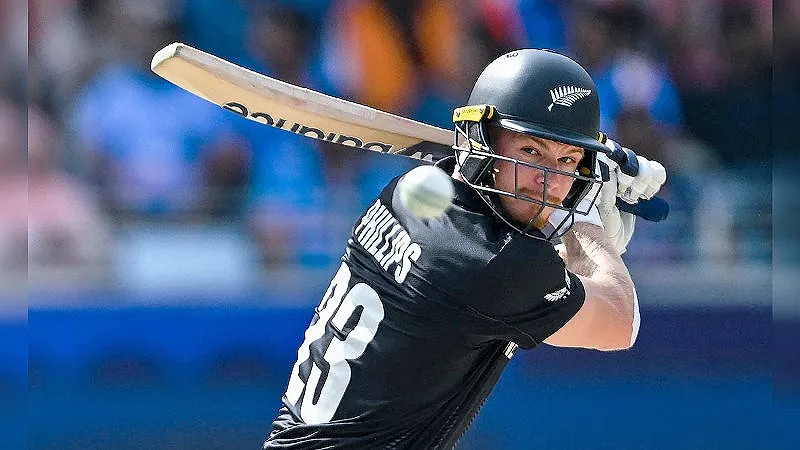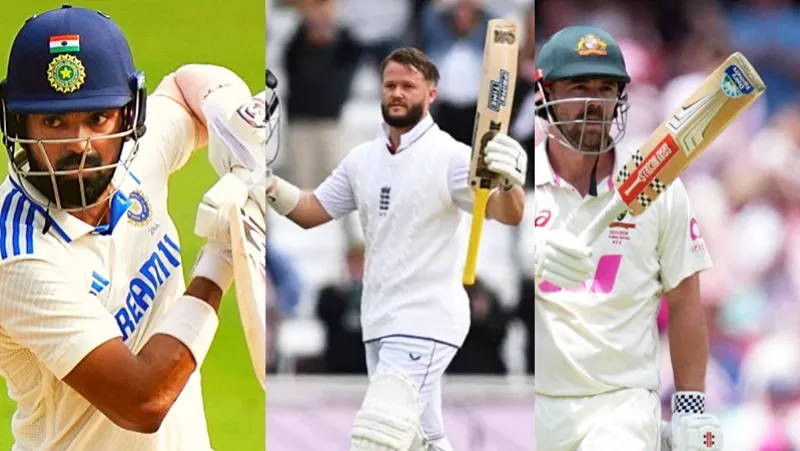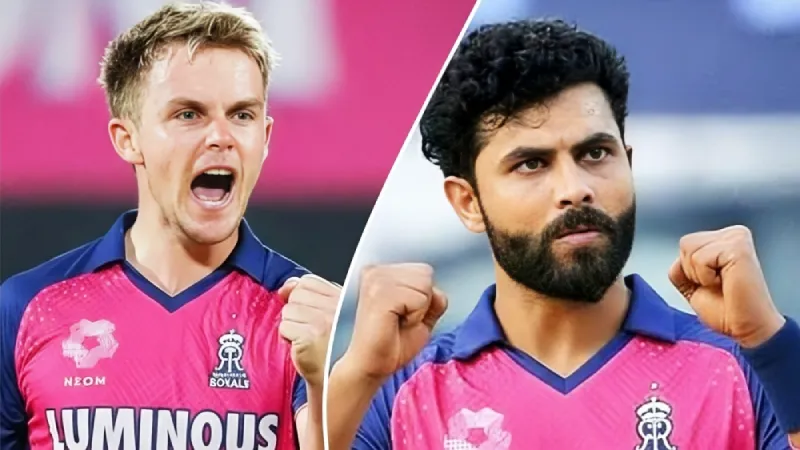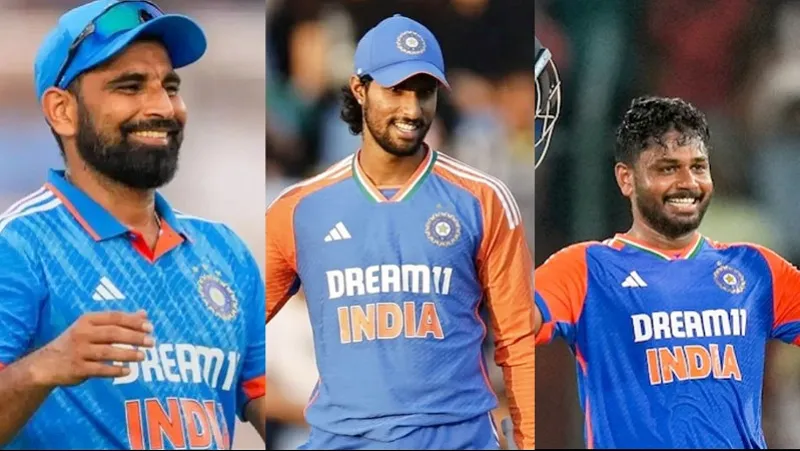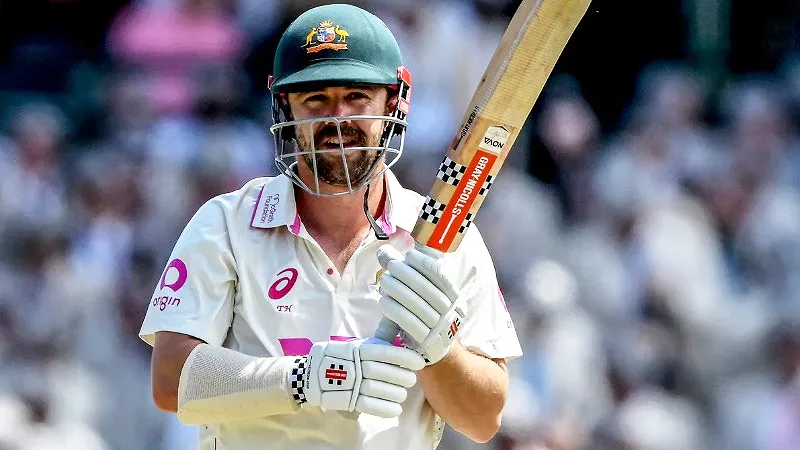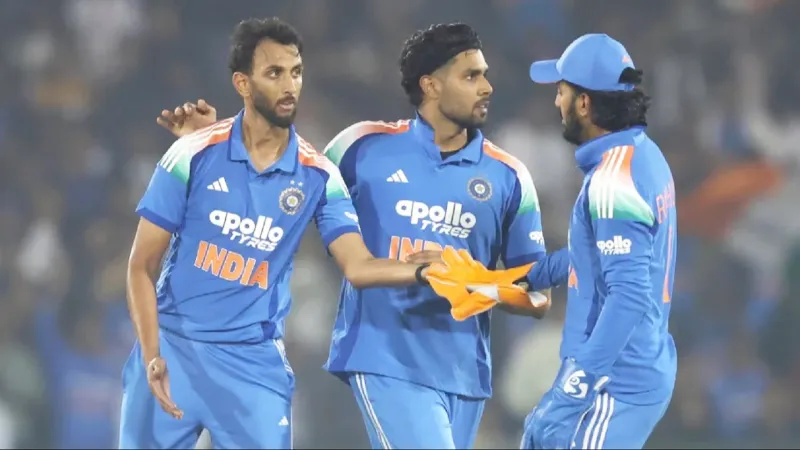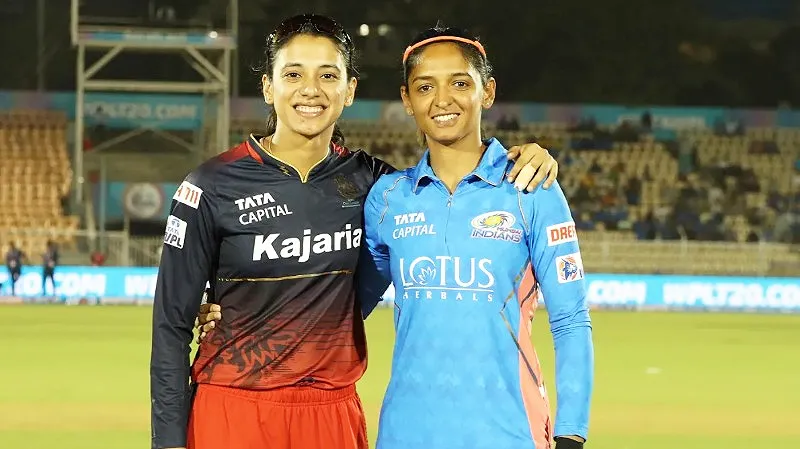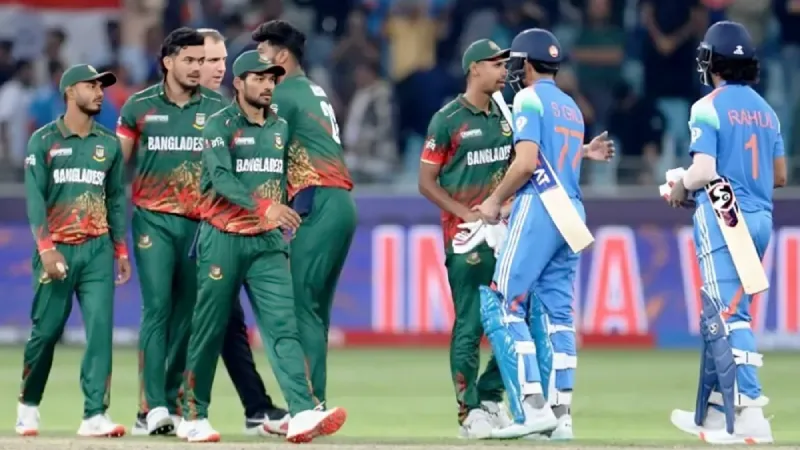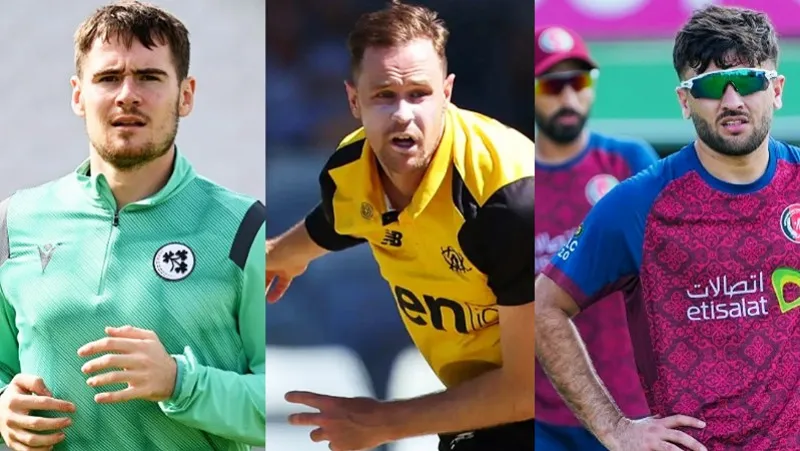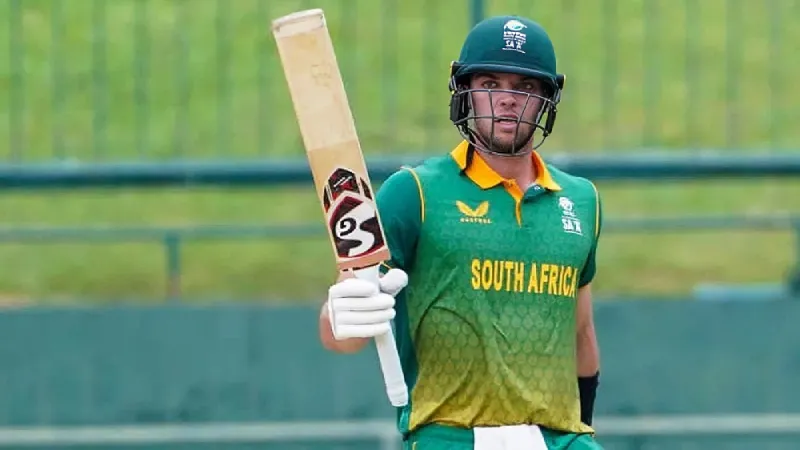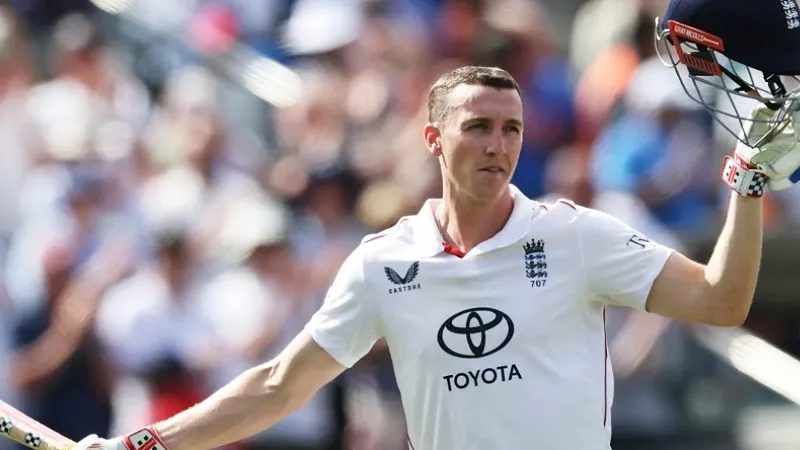Let’s be real—seeing Mitchell Starc take the field for his 100th Test in Jamaica feels like the closing scene of a legendary chapter. Eleven years after his debut, Starc, Hazlewood and Cummins have been the pace battery of Australian cricket, consistently, passionately and, of course, taking at least one tonne of wickets each. But they can’t do it forever. So, the question is: when the big three retire, what happens next?
Well, according to head coach Andrew McDonald, Australian fans can rest easy – because it seems they have a new generation waiting in the wings.
The Golden Trio Isn’t Done… Yet
At 35, Starc, 34 Hazlewood, and 32 Cummins are still in the thick of it all and are earning their keep in the line-up. Starc is approaching 400 Test wickets- only the second Aussie pacer to do so, after McGrath. Hazlewood is 8 away from 300, and Cummins has already parked himself in the 300 club, and captaincy is only fueling his performances more so.
But McDonald knows time isn’t on their side forever. These three have played 28 Tests in a row as a unit, and whilst their bodies have done a pretty good job (with some minor strains here and there), there is only so long everyone can stay healthy. This is why the eye is already drifting to succession planning.
McDonald’s Master Plan: Trust the System
The good news is that the domestic structure in Australia is doing its job. McDonald is sure that players like Beau Webster, Lance Morris, Spencer Johnson, and Xavier Bartlett are players who are more than a name on a team sheet; they are valid Test options, hardened through the Sheffield Shield and developed through the Australia A environment.
And it is not hopeful – sport is structurally now. Adam Griffith, the new national pace bowling coach, has a core job to prepare for the future. Think of him as the custodian of the next generation of Australia’s fast bowlers – whether that is overseas tours, conditioning domestically, or A-team games, it is a working pathway.
The best part of what McDonald said is the candour; it is not happening tomorrow, but it will happen. And when the change comes, it won’t be a collapse—it’ll be a smooth handover.
Youth Watch: Who’s Next in Line?
If you’re a cricket geek who closely monitors the under-19 area of cricket (me), you’ll know Australia is quite well stocked for pace. The U-19 World Cup-winning quartet of Callum Vidler, Mahli Beardman, Tom Straker, and Charlie Anderson made plenty of noise earlier this year. That’s a group that’s not just exciting for the future; they are already serial winners.
Then there’s Jhye Richardson, Michael Neser, and Sean Abbott—experienced players languishing in and around the squad, and providing depth and insurance. And don’t forget Will Sutherland and Ben Dwarshuis. They have played a few ODIs—they may play more ODIs—but there is potential for them to transition to longer formats.
While it’s impossible to say that all of them will become the next Starc or Cummins, the sheer depth means that Australia’s pace battery isn’t going to be depleted any time soon.
Legends are scary when they are getting closer to the end. But if there’s one thing Australian Cricket has been better at than most, it’s planning for after the legends have moved on. Just like McGrath and Lee handed the baton to Starc and the boys, another batch of players has started to put their hand up for when it is their time in the sun.
For more, visit JeetBuzz News to read our quality Cricket Blog updates. Explore if you want to reminisce and enjoy all of your favourite cricket players and nostalgic match moments. To ensure that you never miss out, keep updated and join in the fun!


